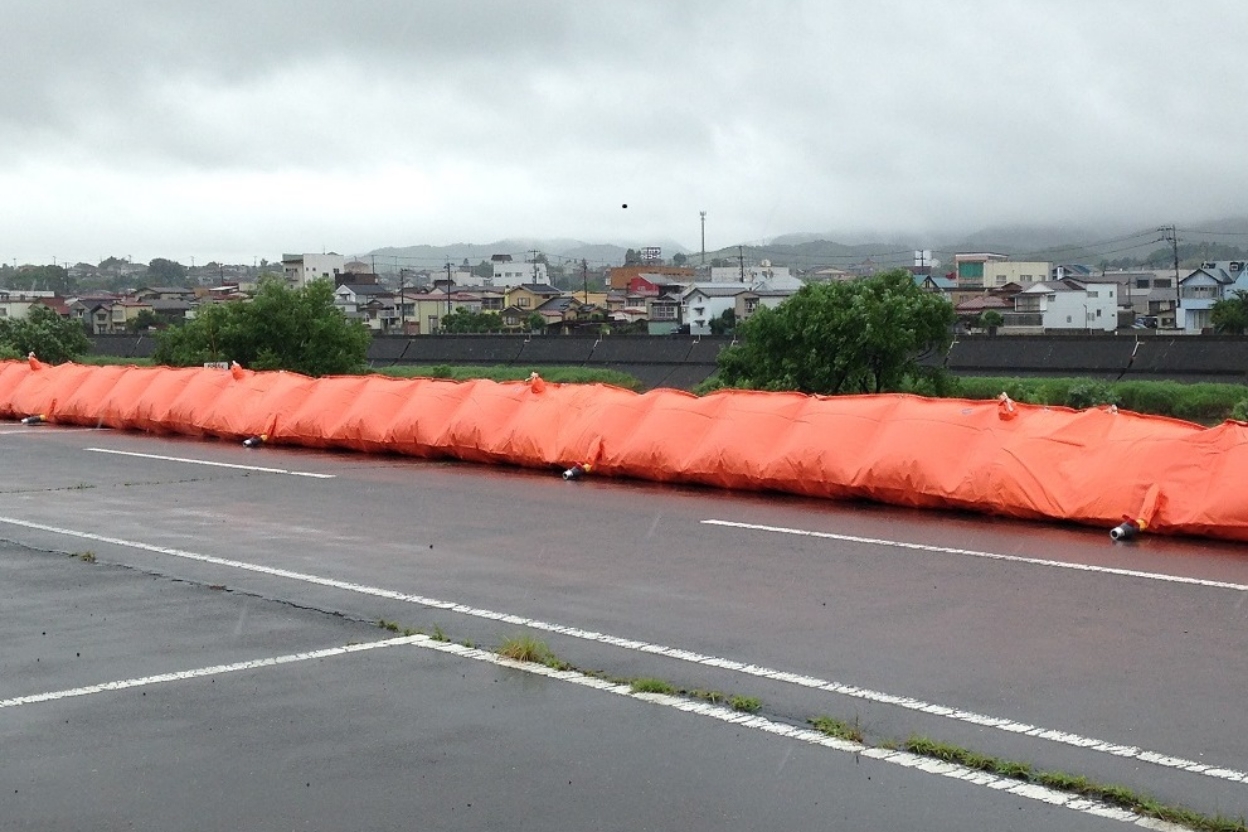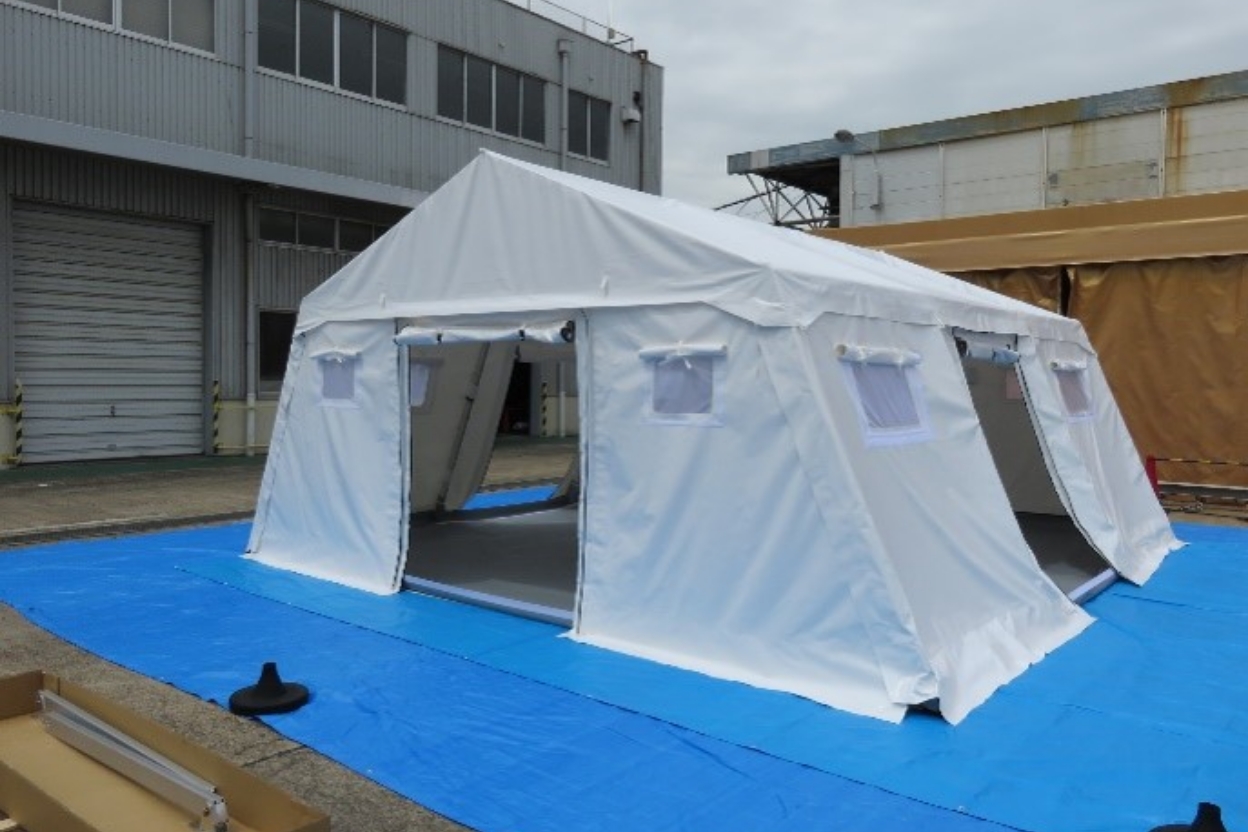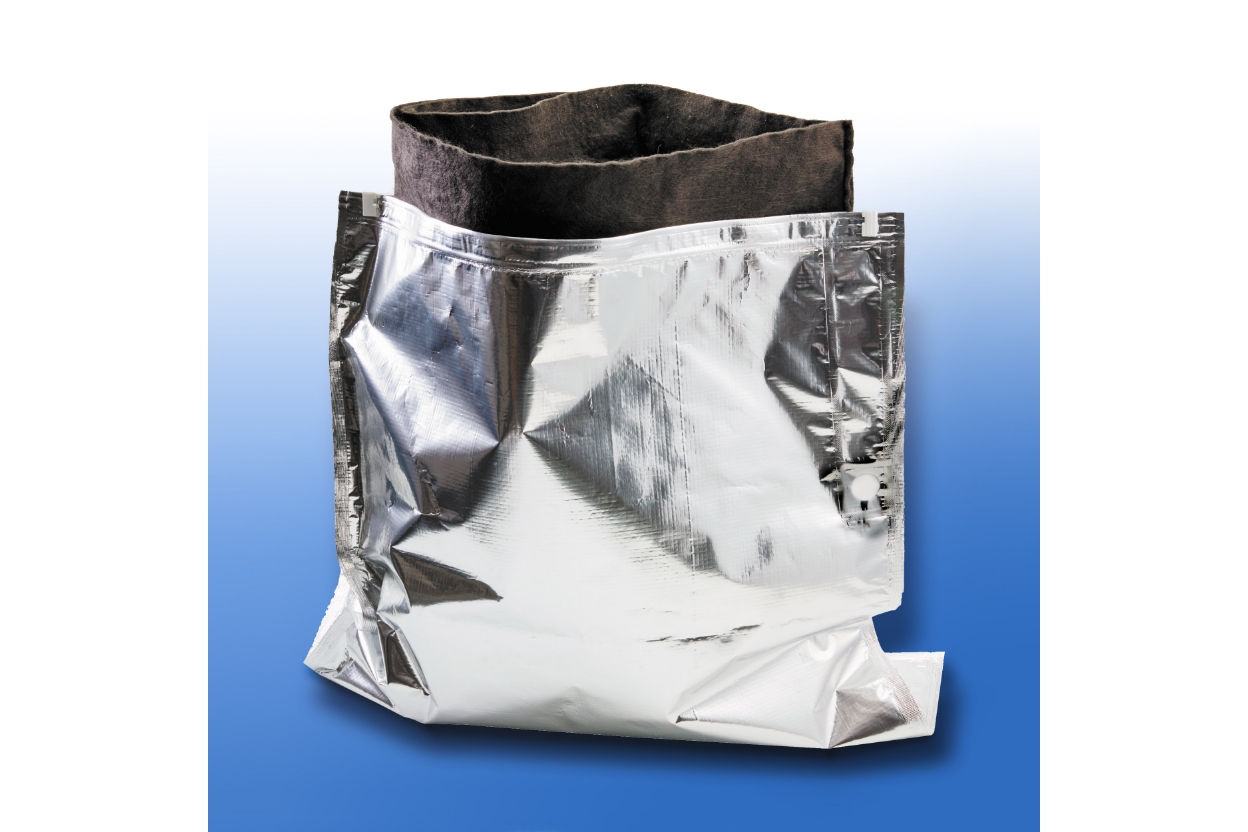
Disposal Bags For Small Livestocks
Dead livestock are sealed and incinerated without leaking the virus.
Storage bags which safely seal and dispose of dead livestock without scattering pathogens. Used in the event of an outbreak of livestock-borne diseases such as Avian flu. Reduces workload, through its functions and procedures not found in conventional quarantine materials.
*For sale only in the Japanese market
Related Keywords
Product & Service
Features
High hermeticity
The aluminum bag has a highly adhesive tape closure to ensure virus containment.
Virus leak-proof
A special gas extraction filter releases only the gases generated by dead livestock.
*Virus leakage test (cleared for 126 hours)
Verified by Department of Animal Life and Medical Sciences, Kyoto Sangyo University
Work efficiency
Conventional infectious waste containers made of plastic cans are used to transfer dead livestock one by one after killing, which requires consideration of the psychological burden on workers and the risk of virus dispersal. The “Small Livestock Storage Bag” can be sealed in an aluminum bag after the animal is killed in the protective inner bag.
Space-saving storage
The size of the storage space during normal times is about one-third that of conventional products, reducing the burden of inventory storage.
No renewal required
Compared to conventional infectious waste containers, these containers do not deteriorate over time and do not need to be replaced with renewals.
work procedure
- A “protective inner bag” is set in a commercial pail container, and the target livestock is placed inside the bag and killed.
- Once 7 birds (approximate) have been killed, the “protective inner bag” is removed from the pail container and tied with a band.
- The “protective inner bag” is placed in an “aluminum bag” and sealed with a high sealing zipper tape.
- Aluminum bags” are disinfected and stored in “quarantine bags,” etc., and transported and processed according to a predetermined plan.
Product Specifications
Material :Protective inner bag (material: polyester non-woven fabric, dimensions: W830mm x H800mm, thickness: 2mm)
Aluminum bags (material: polyethylene + polyethylene woven fabric + aluminum foil + PET)
Dimensions: W700mm x H800mm, high sealed zipper seal at the inlet and gas venting filter welded to the side of the main body)
Capacity: 7 chickens per bag
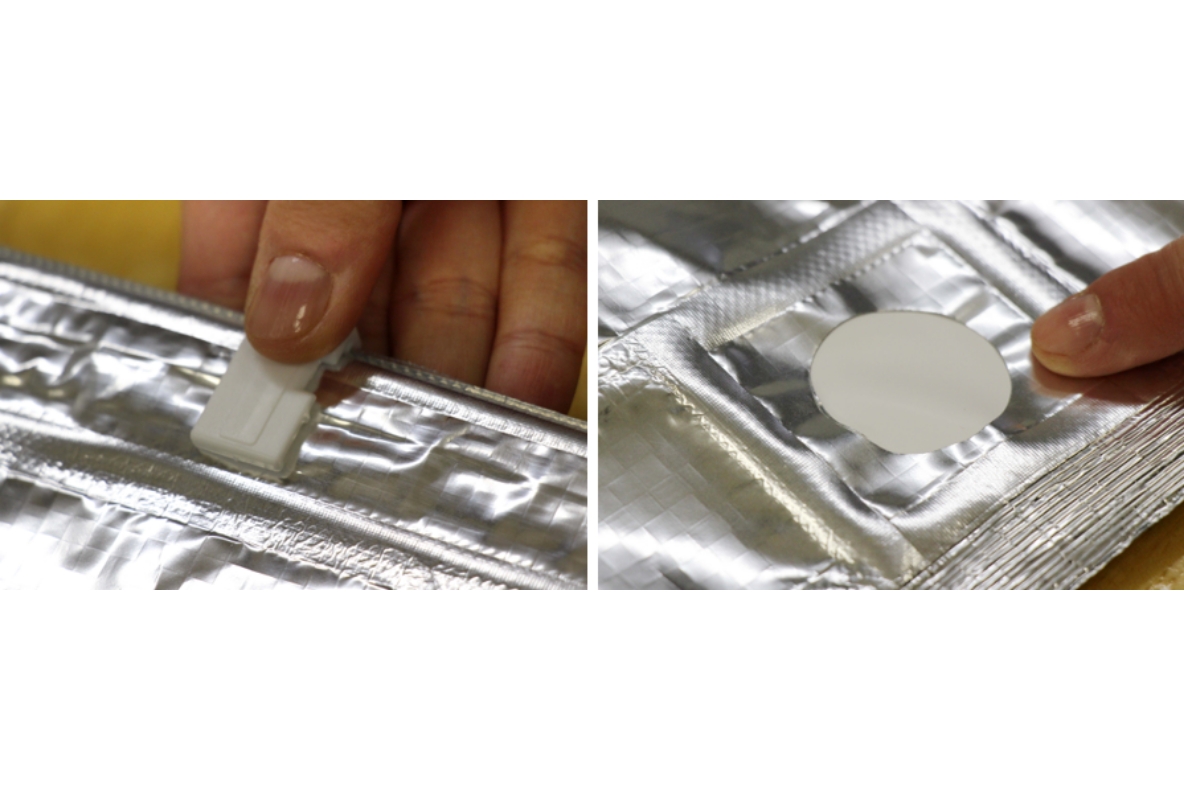
About the "Close Max" quarantine bag
We recommend the Close Max quarantine bag as a method of containing, transporting, and handling small livestock storage bags.
The “Close Max” quarantine bag was adopted as a “competitive research fund” by the Ministry of Agriculture, Forestry and Fisheries in 2012 through industry-academia-government collaboration among Taiyo Kogyo, Kyoto Sangyo University, and Kyoto Prefecture, and research was conducted as a sealed transport container for a wide range of dead livestock from large livestock to pigs and chickens, etc. In 2014, a patent was filed and training sessions were held throughout Japan to In 2014, a patent application was filed, training sessions were held nationwide, and sales of the product were launched.
Approximately 20 small livestock storage bags can be accommodated. Large aluminum inner bags that can hold a whole cow and are strong enough to withstand approximately 1,000 kg can be used to transport any type of livestock.
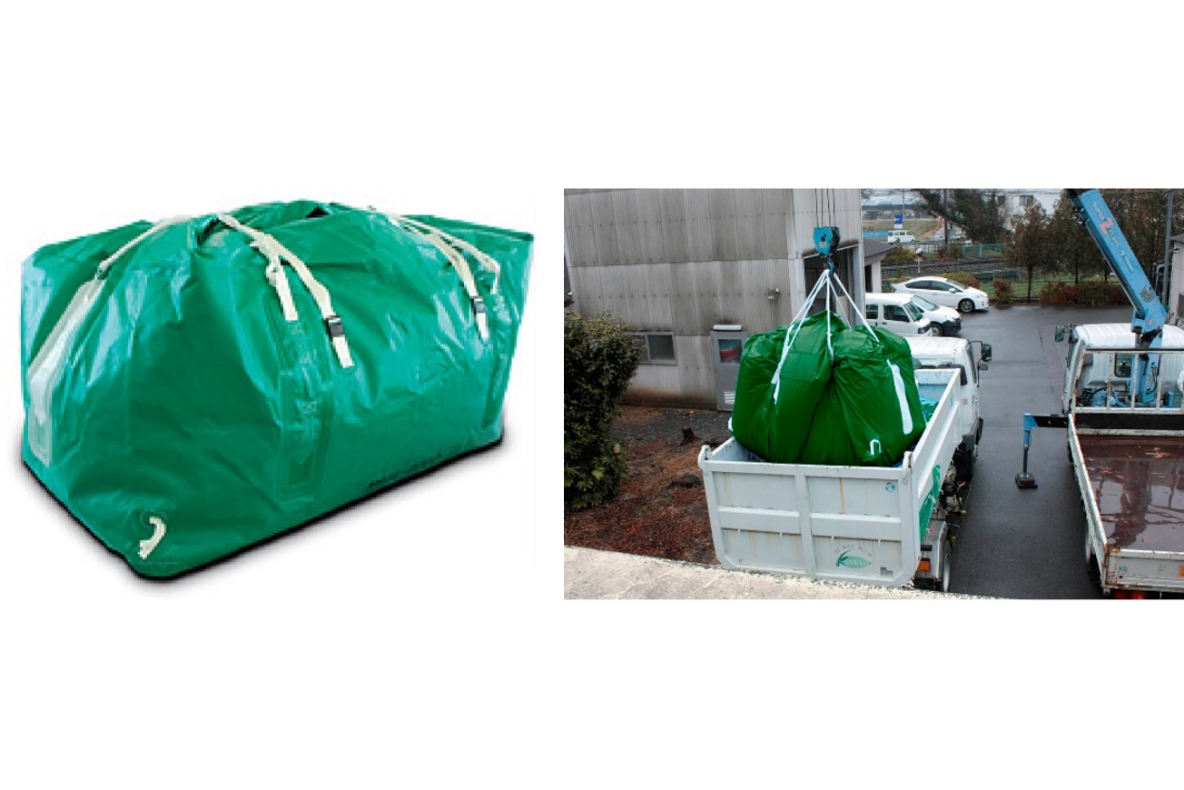
Quarantine bag "Close Max" Outer bag specifications
- Thickness 0.75mm
- Special tarpaulin sheet made of EVA
- High-frequency welder welding process that achieves sealing without seams
- Tapered housing opening smoothly accommodates even large livestock
- Size when stored: 210cm (L) X 110cm (W) X 100cm (H)
- Capacity weight: 1,000 kg (equivalent to 1 cow, 2 pigs~, 300-400 chickens)






